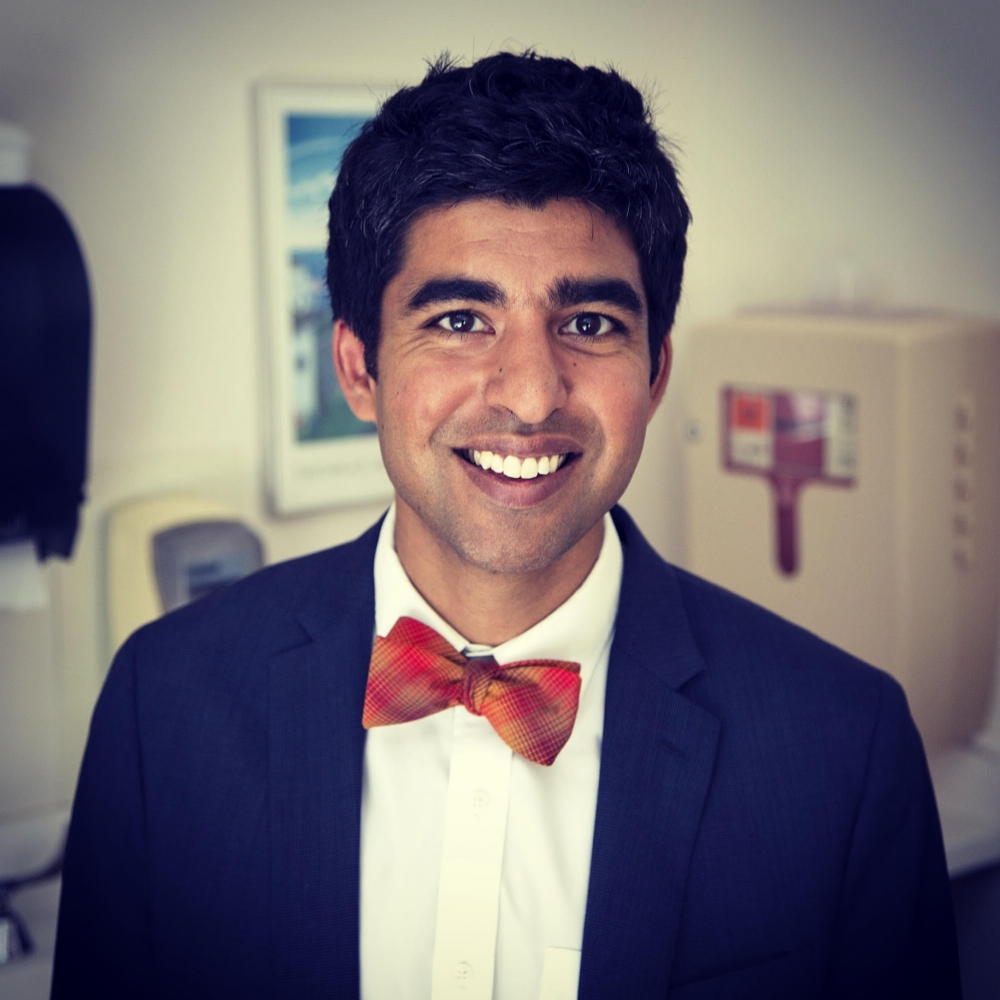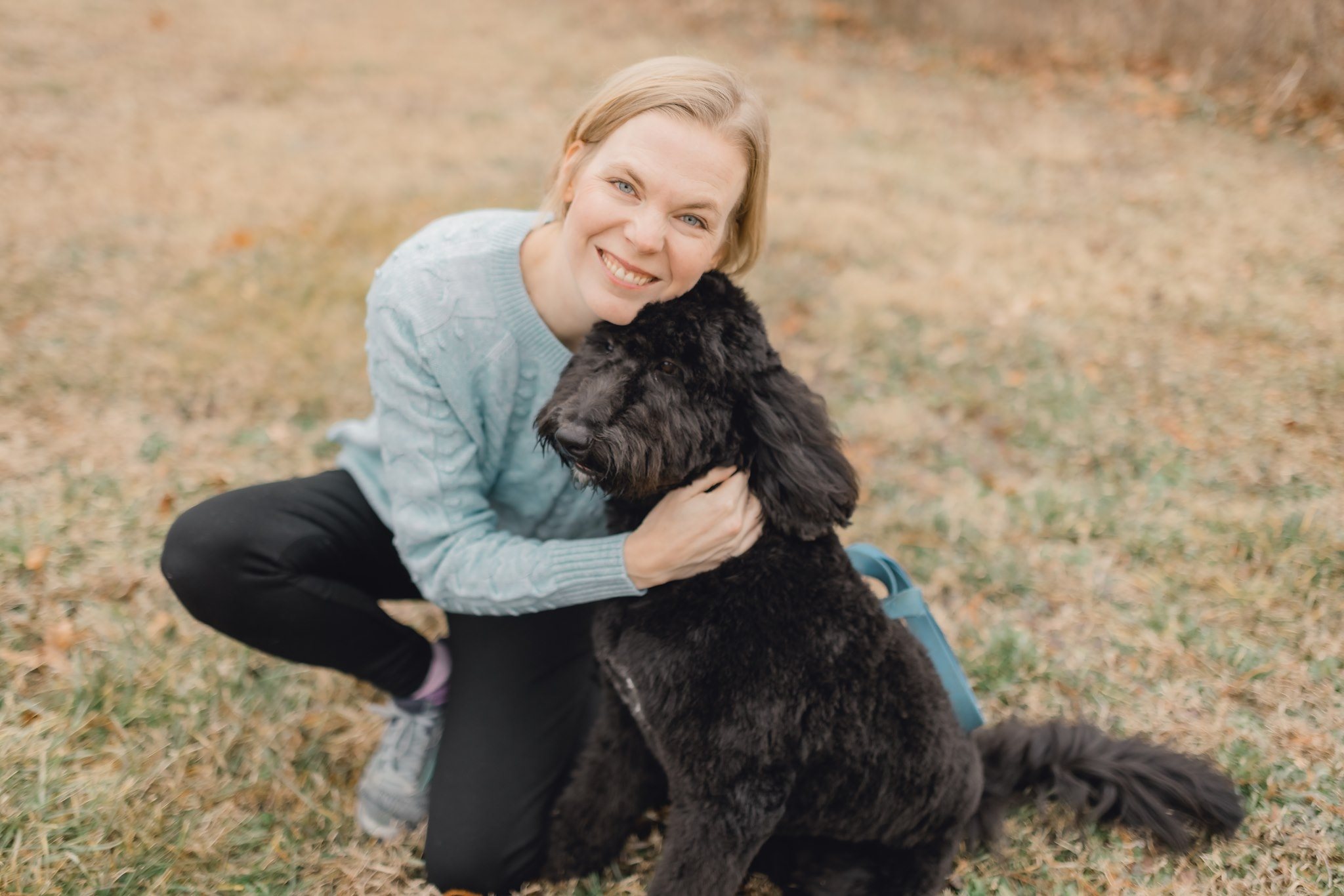This week we’re continuing to revisit a few of my must listen to episodes! This is such an important issue and episode, even if you did listen to the first release I would highly recommend revisiting this episode.
The current US cesarean rates hover around 33%. However, the World Health Organization (WHO) recommends the cesarean rate should fluctuate between 10-15%. They even state “Cesarean section rates higher than 10% are not associated with reductions in maternal and newborn mortality rates” and that “every effort should be made to provide caesarean sections to women in need, rather than striving to achieve a specific rate”. Clearly there is need to further exams why cesareans are performed at such a high rate and what can be done to lower them.
In this episode of Yoga | Birth | Babies, I speak OB/GYN, Dr. Neel Shah. Dr Shah has been recognized for his work to help reduced unnecessary caesarean births in our country. In this podcast, we explore why in the past 40 years, cesareans have increased 500% without seeing better results for moms and babies! He also explains where you give birth can be one of the biggest factors in the risk of having a cesarean birth. This episode is so important for any women who may become pregnant, expectant mothers and partners. Please enjoy!
In this episode
- How Dr Shah got started on this path to exploring the caesarean rate in our country.
- The increased cesarean rate in the US since the 1970’s and what accounts for this.
- Are we seeing better results for mothers and babies with this massive increase in c-sections?
- Recognizing there is a place of caesarean births what is the sweet spot for best outcomes with cesarean births? World Heatlh Organization (WHO) recommends caesarean rates should be between 10-15%.
- Risks of a cesarean surgery for both mother and baby, both short and long term.
- Are the risks of a c-section well explained to mother ahead of timed?
- Minimizing the possibility of an unnecessary c-section
- The role of the care provider in the likelihood of a mother having a caesarean.
- What role does the hospital play in the likelihood of a mother having a caesarean ?
- The correlation between the hospital and the c section rate.
- Exploring an article authored by Dr Shah- “In the United States it appears that about half the cesareans we do may be avoidable in hindsight. Getting to perfect may be hard but there is tremendous room for improvement.” What might be some of the red flags that you see in hindsight that may have been avoidable?
- Are hospitals are always the safest place to give birth?
- What we can learn from other countries who have created a supportive system to offer home birth.
- The role of midwives in US birth.
About Dr Shah:
Dr. Neel Shah, MD, MPP is an Assistant Professor of Obstetrics, Gynecology and Reproductive Biology at Harvard Medical School, and Director of the Delivery Decisions Initiative at Harvard’s Ariadne Labs. As an obstetrician-gynecologist at Beth Israel Deaconess Medical Center in Boston, Dr. Shah cares for patients during critical life moments that range from surgery to primary care to childbirth. As a scientist and social entrepreneur, he is a globally recognized expert in designing, testing, and spreading solutions that improve healthcare.
Dr. Shah is listed among the “40 smartest people in health care” by the Becker’s Hospital Review, and has been profiled by the New York Times, CNN, and other outlets. He is senior author of the book Understanding Value-Based Healthcare (McGraw-Hill), which Don Berwick has called “an instant classic” and Atul Gawande called “a masterful primer for all clinicians.” Prior to joining the Harvard faculty, Dr. Shah founded Costs of Care, a global NGO that curates insights from clinicians to help delivery systems provide better care. In 2017, Dr. Shah co-founded the March for Moms Association, a coalition of 20 leading organizations, to increase public and private investment in the wellbeing of mothers.







